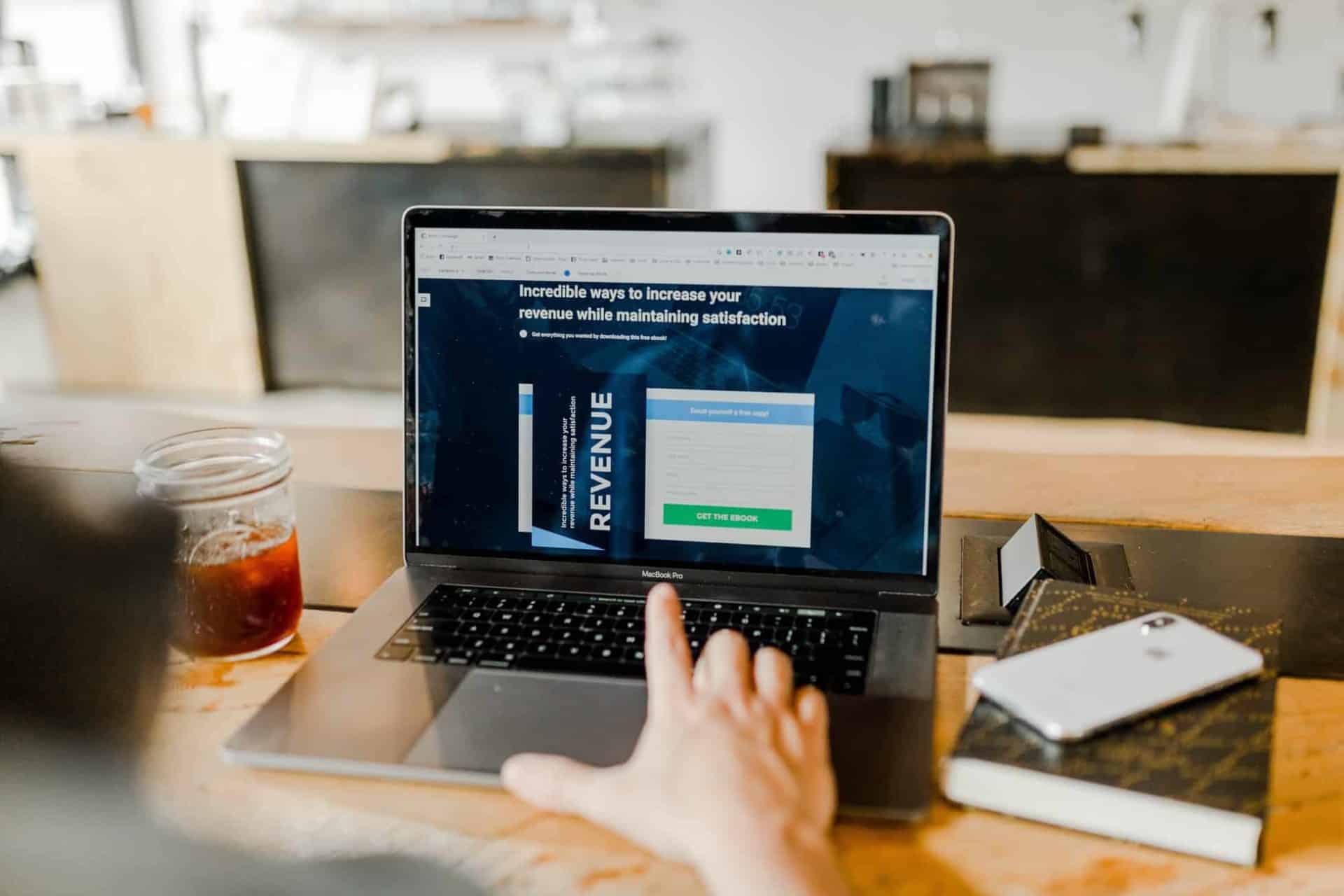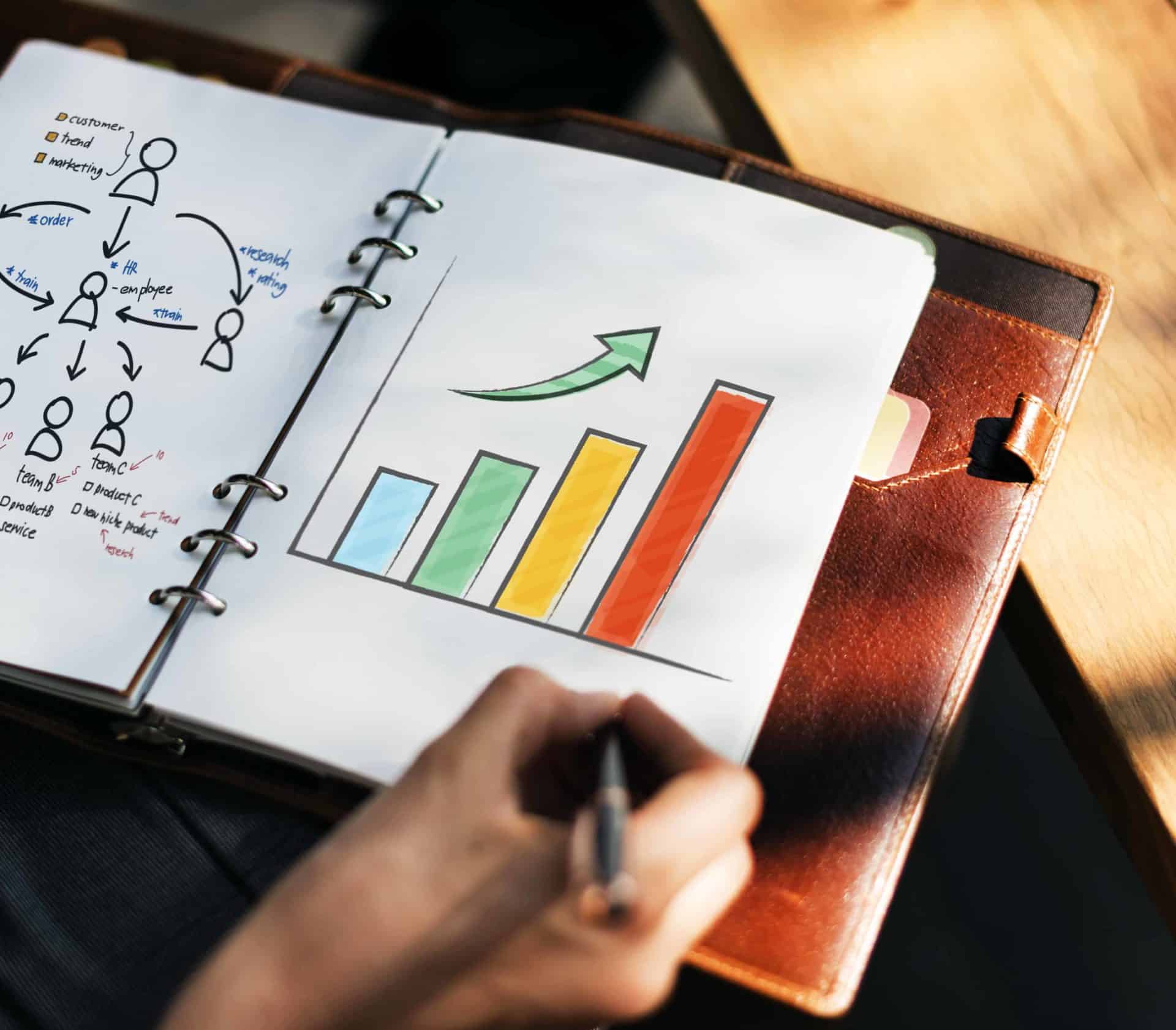Did you know that each of the sales funnel stages has a massive impact on your potential customers’ behaviour?
A great sales funnel will lead your prospects and customers through their buyer’s journey and help you increase sales and revenue.
It is important – and not easy in today’s climate of fierce competition – to build a killer funnel. One that helps you warm up cold leads until they are ripe for conversion.
This post is all about building a winning and powerful sales funnel to attract and convert your visitors into customers. So, let’s jump straight into the details!
Table of contents:
- What is a sales funnel and how is it useful?
- Sales funnel stages with the AIDA model
- How to build a winning sales funnel
1. What Is A Sales Funnel And How Is It Useful?

Answering the question, “What is a sales funnel?” isn’t an easy task. I could write pages and pages about this core concept which can help you unlock your full business potential and achieve wild success.
By way of offering a simplified definition…
A sales funnel is the process your prospects go through to become customers, from the time they learn about your brand to the moment they make a purchase.
The funnel “metaphor” means you’ll begin with a large audience of prospects (the audience on the top of the funnel) that will eventually narrow down as it approaches the bottom (the conversion rates in the lower end of the funnel).
There are many versions of sales funnels. However, the most popular way to visualise the entire process is by using a sales funnel consisting of three stages: ToFu, MoFu, and Bofu.
Let’s take a closer look at these parts of a sales funnel:
- ToFu (Top of Funnel)
The top of the funnel is about introducing your brand to the customer. At this stage in the funnel, you probably have a significant amount of leads – people who show interest in your products or services. Frankly, a majority of those leads aren’t going to make a purchase. Sales leads are at the stage where they are looking for options to solve specific problems, so they’re just doing their research.
- MoFu (Middle of Funnel)
The middle of the funnel is where you begin to show your prospect why your products or services may be a good fit for them. At this stage, prospects are weighing up the features and benefits of your products or services. This is viewed as the most difficult stage of the sales funnel because it includes a wide array of different leads who haven’t been fully qualified.
- BoFu (Bottom of Funnel)
After attracting prospects and retaining their interest, now it’s time to turn leads into customers. The bottom of the funnel is the final stage and the most crucial. This stage is where consumers finally make their decision and choose you over your competitors. The success of your business hinges on this stage, so be aware that the bottom of the funnel is not a stage to be taken lightly.
On some level, prospects move from ToFu to BoFu even if you don’t have a well designed and properly executed sales funnel. However, if you take a templated approach (especially if you are running a business remotely), you can skyrocket your sales and triple your business profits.
Building a sales funnel helps you understand the profile of your potential customers and the actionable steps they take at each stage of the purchasing journey. These insights allow you to apply the right marketing strategy and create the most relevant messaging during each stage to gain more customers and boost your sales.
2. Sales Funnel Stages With The AIDA Model

In addition to ToFu, MoFu, and BoFu, sales funnels have been structured around four stages known by the acronym AIDA (which stands for Awareness, Interest, Desire, and Action).
The AIDA model was developed in 1898 by St. Elmo Lewis, an American advertising advocate who focused on the potential of advertising to educate the public. The original main purpose of the AIDA model was to optimise sales calls.
AIDA is a classic marketing model that has stood the test of time. Many marketers still find it effective as it identifies the stages a prospect goes through during the buying process.
Now, let me take you into each stage of the AIDA sales funnel:
- Awareness
If you’re able to grab consumers’ attention and deeply engage them, they will become curious about your products or services. This stage is a type of “eyecatcher”, so you need to focus on creating brand awareness to catch the eye of potential customers.
Examples: An enticing landing page, a sensational YouTube clip, or creative content marketing that your audience is able to discover through Google, social media, and other channels.
- Interest
Once you’ve attracted the attention of your targeted audience, it’s time to build interest. At this stage, your prospects want to learn more about your brand. The interest stage is where you need to become more actively involved in learning about your prospects’ problems and pain points.
Examples: Product description on your website and social media, brochures or flyers, pictures and clips of your product.
- Desire
Prospects who reach this sales funnel stage have become aware that they need an effective solution to their problem. Stimulating your prospects’ desire goes hand in hand with building trust. Trust is the glue that bonds a prospect to your brand. That’s why it is essential to make your business appear reliable and trustworthy (if you’re running an online business, I encourage you to get a cost-effective virtual office to gain customer trust and confidence).
Examples: A bullet point list showing the benefits of your product (you can publish it on your website, social media, etc.).
- Action
The final stage of the sales funnel includes consumers deciding to purchase (or not purchase) your product. Make sure you strengthen your value proposition and remind your prospects of the downsides of not buying from you.
Examples: The shopping cart process, product demo, free trial, a clear CTA that spells out what action your prospect must take.
The AIDA model is an excellent framework that helps you gain more customers and stay ahead of your competition.
Now, let’s see some strategies for building an effective sales funnel.
3. How To Build A Winning Sales Funnel

- Step 1: Know your target audience
Knowing your target audience is vital in order for you to define every marketing plan and strategy you execute.
Begin with conducting market research to know all the factors that determine your customer journey. Then, you need to understand all the pain points of your target audience (ask yourself, “How can I provide a solution to a problem?” and “What goal does my target audience want to achieve?”).
I am also encouraging you to learn more about your existing customers and use the multisegment marketing strategy to divide the market and conquer the different segments with specific messages.
- Step 2: Build your Buyer Persona
A buyer persona is a representation of your ideal customer based on data, interviews, and research that lists everything from demographic information to hobbies, family size, educational background, and other relevant information.
Creating a detailed buyer persona allows you to speak to your audience in a way that appeals to their specific pain points.
If you’re running a B2B business, building your Ideal Customer Profile (ICP) will help you identify the type of company (not the individual buyer) that finds your products or services to be the perfect solution to their problems or needs and focus your sales efforts on the right audience.
- Step 3: Start generating leads
If people are not aware of your products or services, you won’t be able to start building the top of your sales funnel.
There are many lead generation strategies you can adopt. For example, you can optimise your website for conversions, use social media to find leads, and create value-based, quality content.
Alternatively, you may want to host events or educational webinars and send personalised emails to prospects who are likely to express interest in your products or services.
- Step 4: Engage your audience
As a business owner looking to convert more prospects into loyal customers, engaging your target audience is one of the most important parts of your job.
The next step you need to take is to understand how your audience is currently engaging with your website: What content is driving traffic? What content is being shared? Which pages convert visitors at high rates? Analyse the content of those pages and develop a strategy to apply to other pages on your website that have lower conversion rates.
Then, the next step is to create engaging content while keeping your buyer persona or Ideal Customer Profile in mind.
Add unique blog posts, videos, guides, how-tos, infographics, and pictures to your website to keep your audience engaged and attract new users. Remember to regularly post engaging content on social media to nurture relationships with your prospects.
- Step 5: Convert your leads
Converting leads into paying customers should be the end goal of all of your marketing efforts.
The process of turning leads into customers isn’t an easy task (that’s why I wrote an entire post on the subject).
At this stage, your main goal is educating the prospects to the point where they feel confident to make a purchase decision. Nurturing your leads and removing barriers that prevent them from buying is critical before converting them into a sale.
Hand in hand with overcoming sales objections is establishing trust (I can’t stress enough how important it is for online businesses to establish a professional presence and get a physical business address to build trust with sales leads).
With the right lead conversion strategy, you will get an instant profit boost and drive success in your business.

Conclusion: A sales funnel is an indispensable tool for you and your sales team.
Your sales funnel will not only help you refine your sales process and close more deals, but it will also help you with sales forecasting by making it easier for you to know your average conversion rates in each pipeline stage.
Building an effective sales funnel may be a bit challenging, but you don’t have to be a marketing whiz-kid to identify each stage of the buyer’s journey and get more bottom-funnel conversions. If you read this post carefully, you are halfway through the task.
How would you like to leverage modern technology to gain customer trust and dramatically improve your sales funnel? B2B HQ can help you build customer trust and confidence by providing you with a premium virtual office in one of the most affluent areas of Melbourne to polish your brand image and increase bottom-funnel conversions. Get in touch, we’d love to hear from you!
